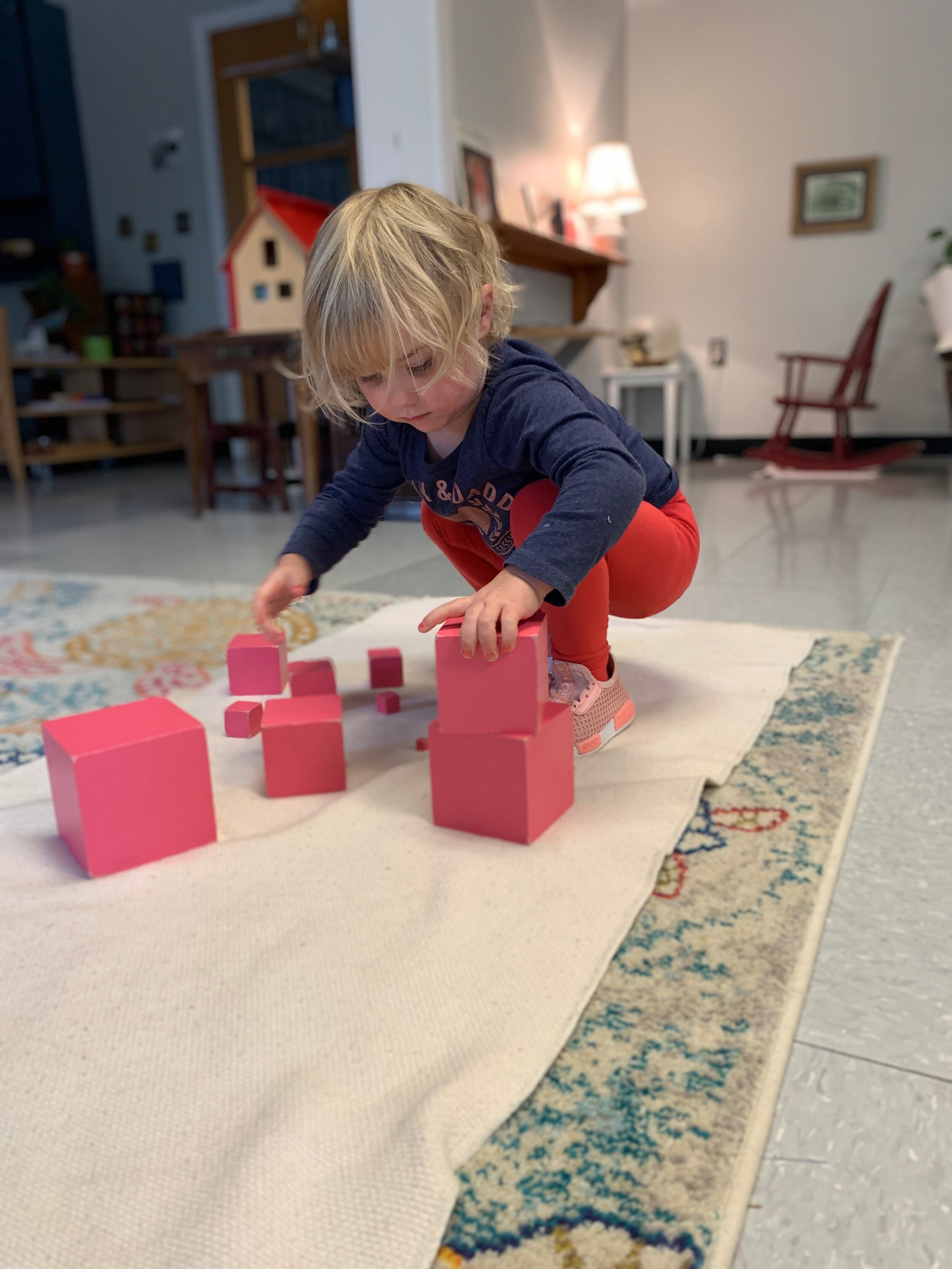Handwriting or penmanship; no matter what you call it, it was likely an important part of your early education. Pressured by time and content constraints, many schools have abandoned explicit handwriting instruction. This is resulting in a generation of children who do not know how to write in cursive, and who sometimes even struggle to form legible printed letters.
A number of scientific studies point to the importance of handwriting, including this one which concluded that handwriting (as opposed to typing or tracing) guides preliterate children toward developing reading skills.
Interested in learning more about the scientific evidence that supports the importance of teaching handwriting as a skill? Check out this article that highlights five of the important reasons we should not allow direct instruction in this area to go by the wayside. Not only does learning handwriting early help children develop skills needed for reading, evidence suggests it makes children better writers, spellers, and leads them towards future success in academics. Higher brain density and gray matter volume have been connected to high-quality handwriting, suggesting that frequent practice may aid in neural processing. Studies also conclude that it is critical for teachers to model the correct way to form letters, but also to utilize direct instruction.
In Montessori schools, handwriting is a critical component of children’s learning. As with so many other skills, our curriculum takes a spiraling approach, indirectly preparing children prior to direct instruction. Very young children develop the muscles necessary for a pincer grasp while they manipulate materials such as the knobbed cylinders, a Montessori favorite!
There are two other important materials in the primary classroom that facilitate handwriting readiness: the metal insets and the sandpaper letters.
The metal insets are wooden trays that hold a series of stencil-like shapes. Removable shapes are blue with a pink background. Some shapes have straight-lined sides while others are curved. Children trace the shapes with a pencil, giving their hands a chance to practice creating a variety of lines. Increasingly challenging activities encourage children to create different patterns with colored pencils while staying inside the original traced lines. At first glance, this may appear to be a fun art activity (which it certainly is!) but its main intention is to prepare children for their upcoming work in handwriting.
Montessori sandpaper letters take the work a step further. Twenty-six wooden tiles are adorned with gritty, sand-textured letters of the alphabet. Children are given lessons on how to trace these letters with their fingers and say the sound. (As a side note, Montessori children are taught the sound of each letter in conjunction with its name, which makes much more sense for reading preparation.) Perhaps you have observed this in a Montessori classroom; if you have not, we highly suggest coming in to watch the magic of this work in person.
Interestingly, children who attend Montessori schools are typically able to write even before they have begun to read. Once they do begin reading, these previously developed skills allow them to seamlessly work on the various components of literacy development simultaneously.
Once children enter the elementary years in a Montessori school, they are required to write throughout the day. Typically, children work throughout the three-hour work period in the morning on a largely independent basis, unless they are receiving a direct, small-group lesson from the guide. During this independent work they record parts of what they do in notebooks. For example, if a child uses a card material to learn about the internal body functions of a fish (how they perform the tasks of respiration, circulation, movement, and so on), they will record at least part of this work in their notebook. For example: “Circulation. Fish have two chambers in their hearts.” This writing continues throughout the day and is directly connected to other content children are learning.
Some classrooms include direct handwriting practice even in the elementary years. This is typically something for children to copy in their notebooks, such as a poem or a paragraph about something they recently had a lesson on.
One final and very important reason to teach handwriting: when children learn how to form beautiful letters early on, they are better able to focus on a myriad of other things. For example, when writing a story, they can actually think about their story ideas instead of belaboring over how to write a ‘q’.
Interested in learning more? As mentioned earlier, we encourage you to come visit the school and observe in one of our classrooms. Doing so is common practice in Montessori schools, is unobtrusive to the children, and can provide excellent insight for those who are looking to learn more about this unique educational approach.










